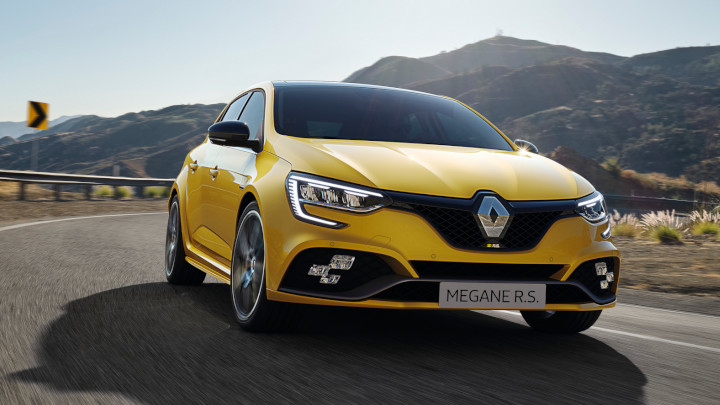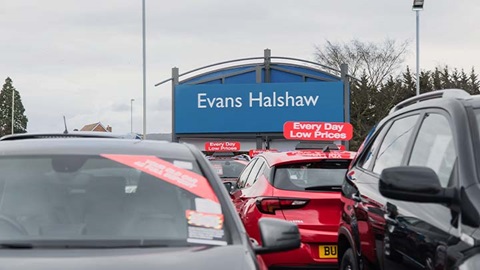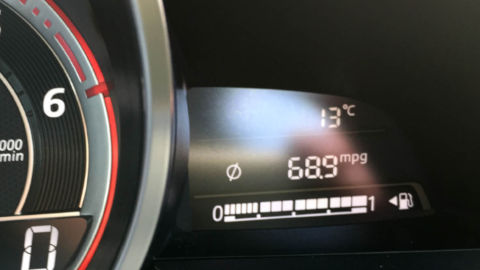What is a petrol vehicle?
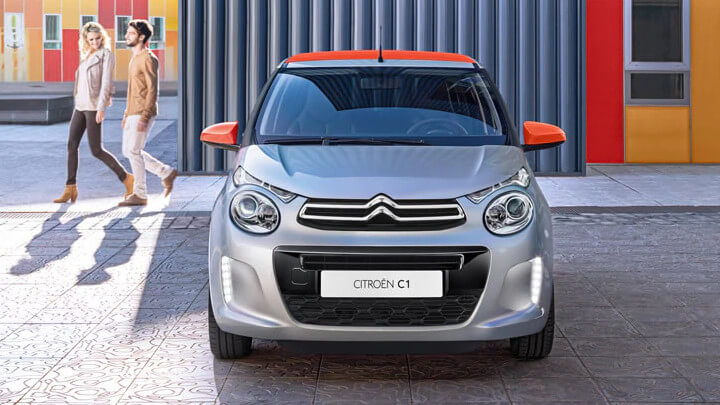
An internal combustion engine (ICE) needs fuel in order to work. Fuel tends to be either petrol or diesel. Here we will be focusing on petrol.
Petrol engines today run on unleaded petrol, which is the default choice. It can be purchased in standard form (95 RON) or premium form (99 RON) which is also referred to as super unleaded. Standard unleaded petrol is predominately chosen for most everyday cars, whilst performance, sports and supercars will more than likely require super unleaded petrol.
The best way to decide what is the best petrol for your car is to check the fuel filler cap or the car's manual.
Economy and Range
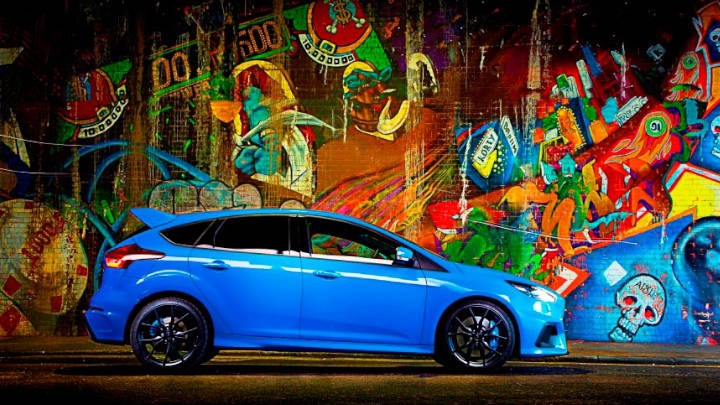
Petrol cars have the ability to drive up to nearly 600 miles on one tank, but it all comes down to how big the tank is (varies by manufacturer) and how economical that particular car is.
For example, frugal city cars like the Peugeot 108 or Citroën C1 can return almost 55mpg. On the other hand, performance and sports cars with petrol engines are less efficient due to their increased power. But the lower economy is a fair trade off for the enhanced performance. Although it's worth noting that some performance cars such as the Ford Focus RS can return circa 35mpg on long runs.
High end sports and supercars will usually return around 20mpg, but will return less when driven hard, or more when on long motorway runs.
Full hybrid and mild hybrid cars are also generally petrol-powered, and don't require plugging in.
Should I buy a petrol vehicle?
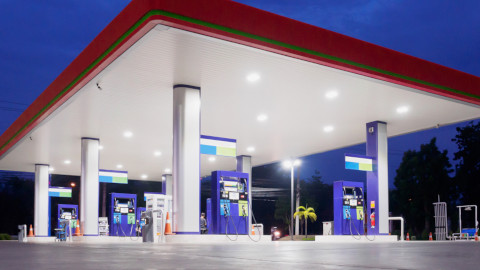
Convenience and familiarity
Using a petrol station to fill up, and the normality of its convenience and ease.
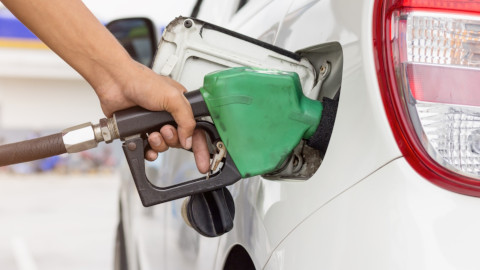
Longer distance capability
Petrol cars usually go between 200 and 600 miles to a single tank, ideal for long journeys, with the ability to fill up at petrol stations on longer routes.
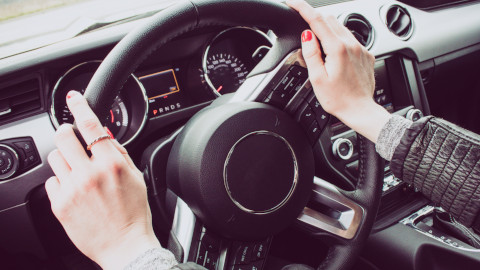
Driver-focused
Engine noise, performance and engagement aspects mean certain petrol cars are fun to drive and can spark emotions.
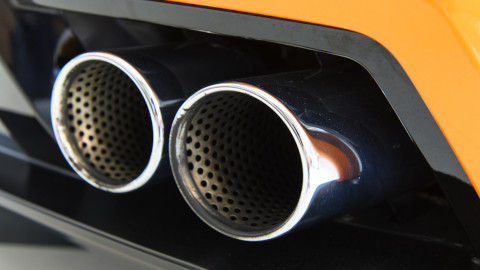
Sound
Petrol cars tend to produce a distinct sound, with some engine configurations, such as a V8, further enhancing the appeal.
How do petrol cars and vans work?
Usually, an internal combustion engine consists of pistons, cylinders, fuel injectors and spark plugs (or glow plugs), which use a certain fuel to operate. The fuel in this case in unleaded petrol.
In simple terms, it could be described using the saying 'suck, squeeze, bang, blow'. The process starts off by a piston descending, sucking air into the cylinder through intake valves as fuel is also injected via injectors (suck).
When all the valves close, the piston comes back up mixing and compressing the air and fuel (squeeze).
Spark plugs ignite the compressed fuel and air mixture, creating combustion which forces the pistons to the bottom of the cylinder again (bang).
The piston rises up, pushing the spent air and fuel mixture out through exhaust valves (blow).
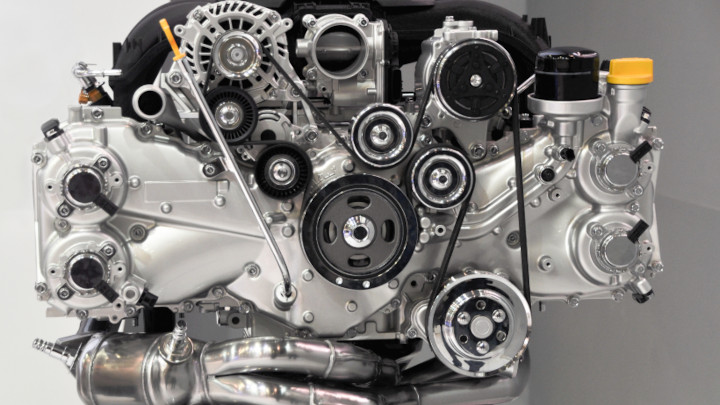
Under current plans, the sale of new petrol and diesel cars will be discontinued in 2030, with some hybrids on sale until 2035. This does not affect used petrol vehicles.
E10 petrol is a more environmentally friendly petrol that contains 10% bio-ethanol.
Find your perfect petrol vehicle
At Evans Halshaw, we have a large selection of petrol vehicles, both new and used in stock.
We make it easy to find your next car, especially if you want a petrol car. This is because you can search via fuel type in our search perimeters, as well as tailoring your search further with make, model, colour, body style, number of doors, transmission, age, mileage, mpg, CO2 and finance type.
And as always, all our Evans Halshaw dealers are on hand to offer any help or advice whilst searching for your next car.

